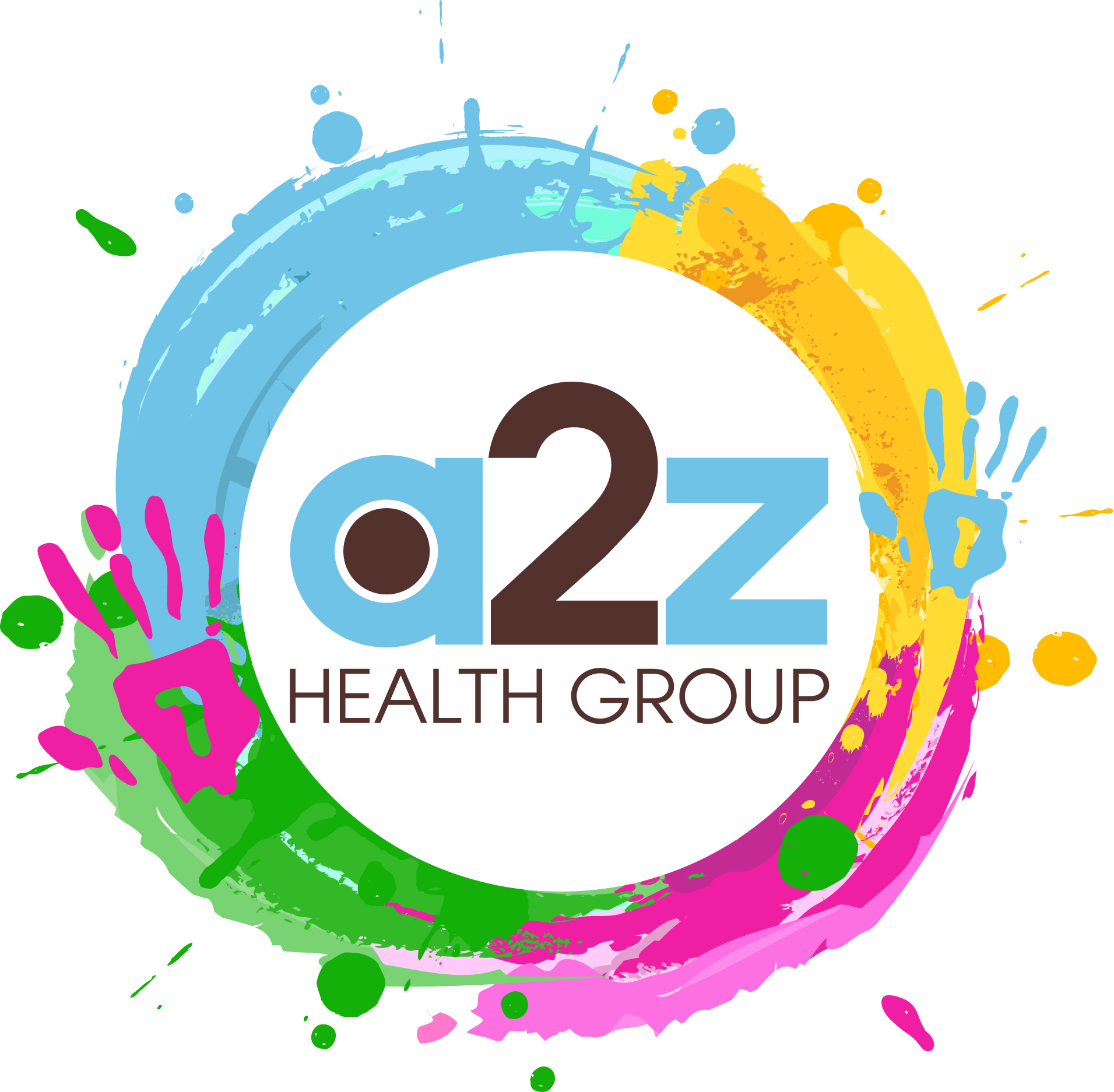Welcome to the A2Z Health group
Massage
Let our dedicated and experienced team of Physiotherapists help you relieve stress, decrease pain and maximise your ongoing wellbeing.
Make an Appointment.
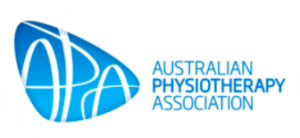

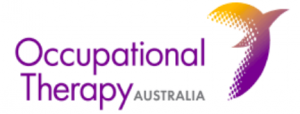
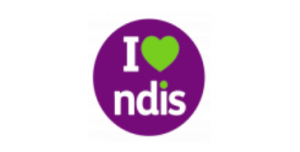
THE A2Z DIFFERENCE
MASSAGE for RECOVERY & WELLNESS
Are you waking up in the morning in pain? Are you feeling tense and stressed? Is pain restricting your lifestyle? At a2z Health Group, we provide expert Massage treatment to aid your recovery & wellness.
Holistic, Person-Centred Approach
We believe in a holistic and person-centred focus when it comes to assisting you and your loved ones in recovery and creating a state of ongoing wellness.
Extensive Expertise, NDIS-Approved
Our team of NDIS-approved Physiotherapists and massage therapists utilises evidence based treatment practices in combination with years of experience across a range of conditions and injuries.
Purpose-Designed Clinic
Our clinic is designed to meet various and diverse needs, including purpose designed massage facilities and a gym room for rehabilitation exercises.
Benefits
Massage therapy
For centuries people depended on massage to improve circulation, ease aches and pains and promote a sense of well being. Physiotherapists also use massage to deliver these benefits and more, to patients who suffer from chronic pain, poor circulation, sprains and strains. Combined with an exercise program, massage therapy can be an important adjunct to any physiotherapy program. Some conditions that benefit from massage therapy are tendonitis, arthritis, asthma, low back pain, migraines and sports injuries to name a few.
Massage therapy is the place where art and science meet to enhance the healing process. As with all other visits, your physiotherapy treatment begins with an evaluation of your health problems, lifestyle and your reason for coming to the clinic. We can then outline the process and how it can help you.
Some benefits of massage therapy include:
- Improved circulation
- Decreased stress levels through promoting relaxation
- Decreased muscle tension and pain
- Improved blood pressure
- Improved range of motion
- Reduction of post-injury scar tissue that limits range of motion
- Improved recovery rate
- Feeling of well-being as a result of released endorphins
- Improved sleep pattern
We may combine different techniques depending on your needs. The degree of touch, pressure and movement may vary depending on your sensitivity to the massage. For example, to relieve trigger points (knots of muscle tension), deep pressure is often required to loosen the knots, increase blood flow and relieve pain.
Lighter touch with long, gliding strokes in the direction of blood flow to the heart is another effective technique. When combined with passive and active range of motion it can greatly improve circulation, promote relaxation, restore range of motion and relieve muscle tension.
There is no disputing the enormous benefits of massage, but as with any form of bodywork, certain precautions are necessary. For example, someone with open sores or skin infections will not get a massage, and in other cases we may advise you to seek your physician’s advice first. Conditions such as pregnancy, osteoporosis, dislocations, unhealed fractures, cancer and advanced heart disease may be contraindicated for massage therapy. However, if done correctly, it can be the doorway to improved health and wellness for the rest of your life.
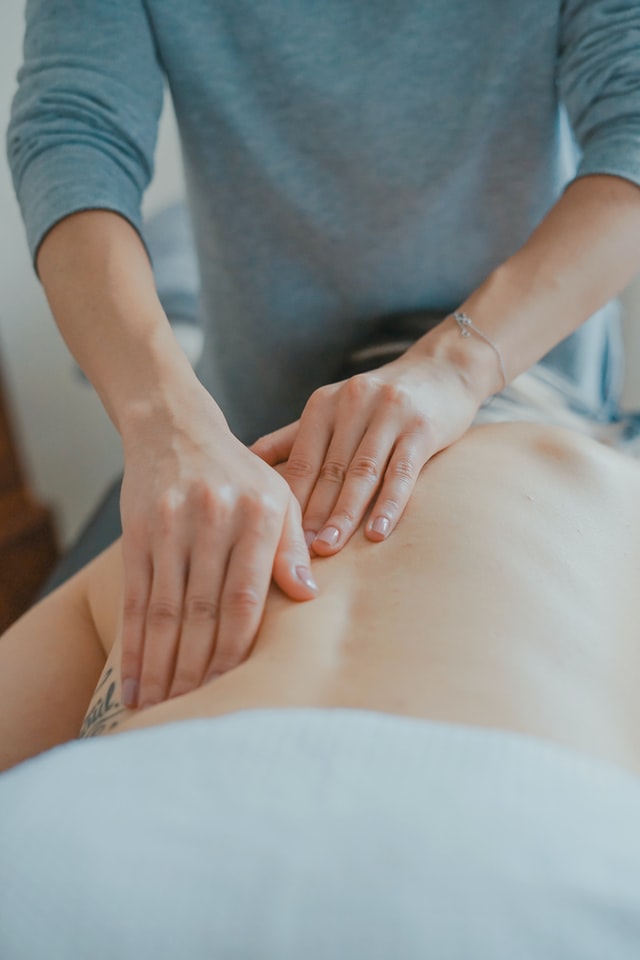
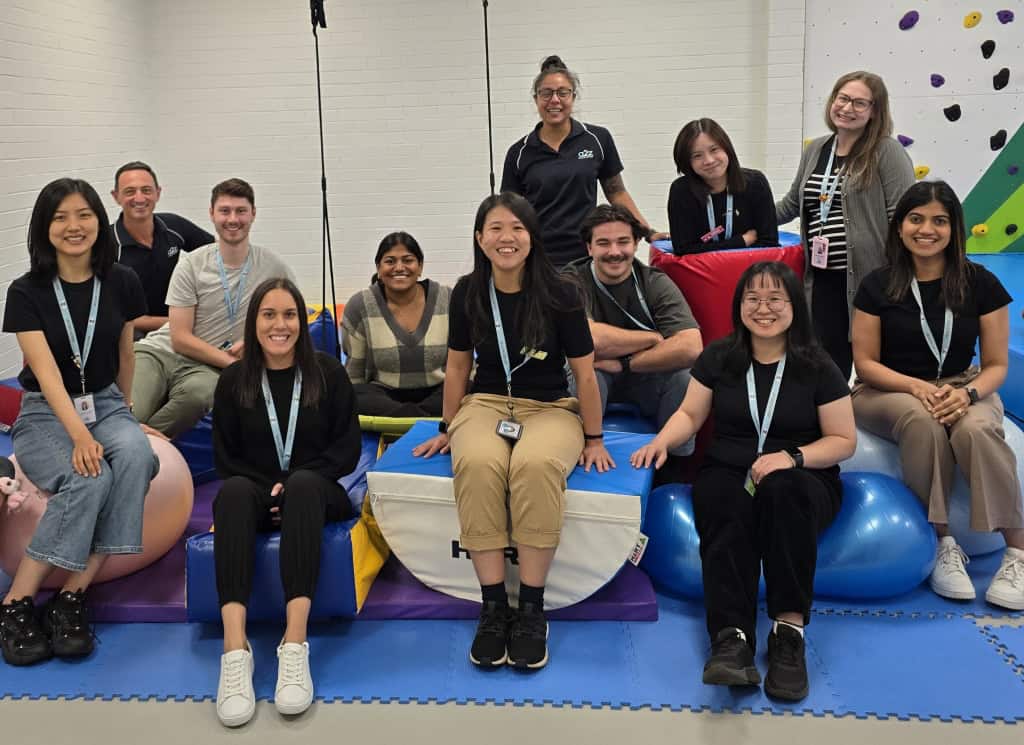

OUR TEAM
Meet our team
Our team of experienced Massage Therapists are dedicated to providing you with treatment that gets results, whether you are a sports fanatic, weekend warrior or troubled by chronic pain.
Visit us
LOCATIONS
Answers to some common questions about Massage Therapy
Massage therapy improves circulation by bringing oxygen and other nutrients to body tissues. It relieves muscle tension and pain, increases flexibility and mobility, and helps clear lactic acid and other waste, which reduces pain and stiffness in muscles and joints.
Massage can help release chronic muscular tension and pain, improve circulation, increase joint flexibility, reduce mental and physical fatigue and stress, promote faster healing of injured muscular tissue, improve posture, and reduce blood pressure. Massage is also known to promote better sleep, improve concentration, reduce anxiety and create an overall sense of well-being.
People get massage therapy for relaxation or for a variety of health conditions:
- Back pain
- Inflammatory conditions such as arthritis and tendinitis
- Stress relief and stress-related conditions
- Headaches and migraines
- Muscle and related conditions such as spasms, strains and sprains
- Repetitive strain injury, such as carpal tunnel syndrome
- Circulatory and respiratory problems
- Post-injury and post-surgical rehabilitation
Massage therapy relieves stress. It is thought to help the body’s stress response by lowering levels of hormones such as cortisol.
Massage therapy may enhance the body’s immune function.
Firstly the therapist will take a full case history and this will be followed by a physical assessment to identify the nature and causative factors of the problem. Physical assessment skills are important, as is a good foundation in anatomy and physiology, in order to identify the source of the problem. The source of neck pain may be in another part of the body. An individual’s posture or the way they use their body to walk or run or carry out any type of physical activity (even sitting at a computer) can be a contributing factor to a musculoskeletal problem such as back and neck pain. Once the therapist has identified and understands the nature of the client’s presenting problem he or she will determine the most effective way of treating the problem.
Your massage or bodywork session will take place in a warm, comfortable, quiet room. Soft music may be played to help you relax. You will lie on a table especially designed for your comfort.
Most massage techniques are traditionally performed with the client unclothed; however, it is entirely up to you what you want to wear. You should undress to your level of comfort. You will be properly draped during the entire session.
The practitioner will leave the room while you undress, relax onto the table, and cover yourself with a clean sheet or towel.
You will be properly draped at all times to keep you warm and comfortable. Only the area being worked on will be exposed.
You and the practitioner will discuss the desired outcome of your session. This will determine which parts of your body require massage. You will not be touched on or near your genitals (male or female) or breasts (female).
